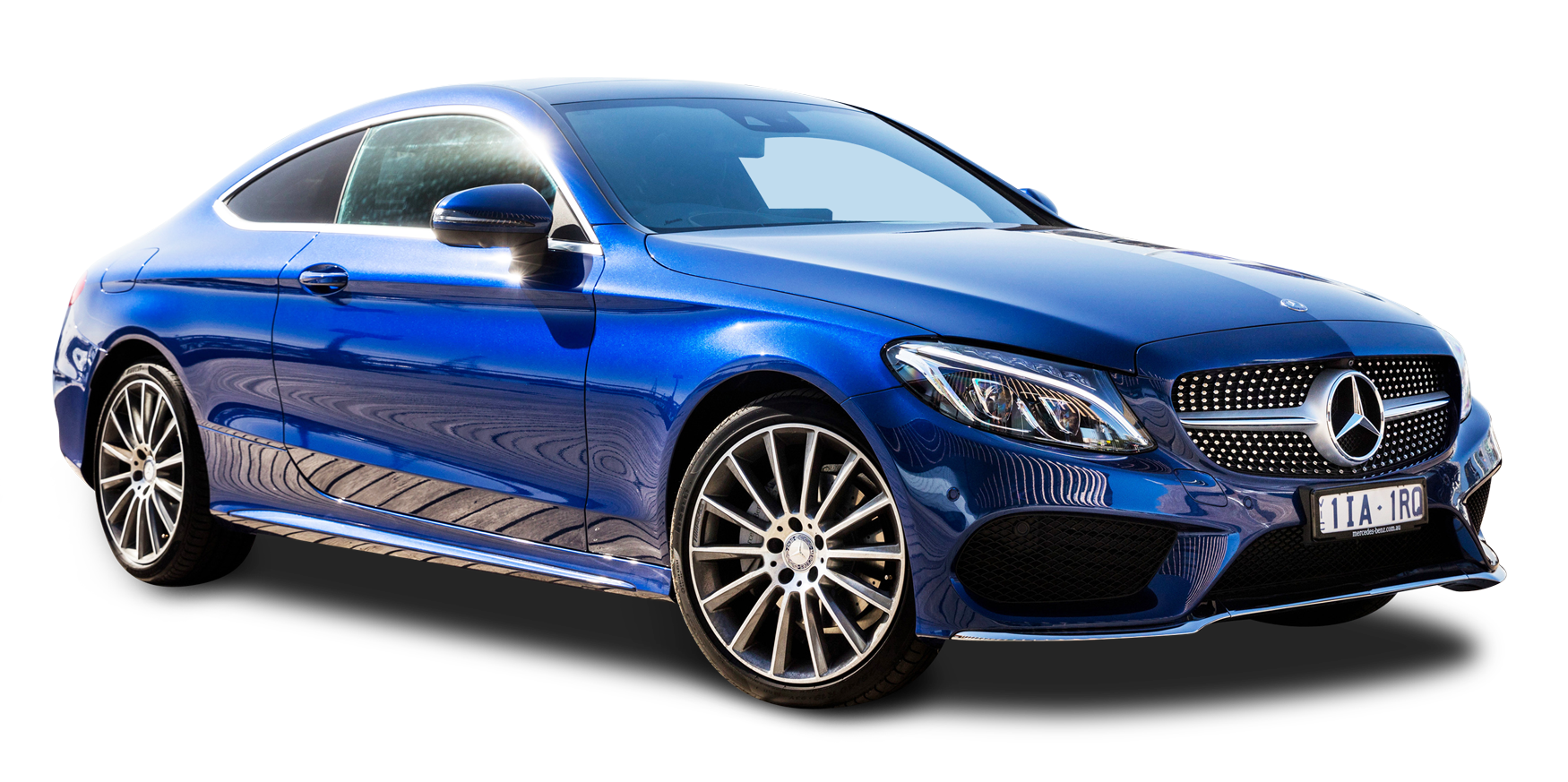
The automotive landscape has long been characterized by an enduring rivalry between manufacturers, particularly the South Korean titans: Kia and Hyundai. This juxtaposition invites an intriguing inquiry: which car brand offers superior value and warranty? As we delve into this dichotomy, we will explore various dimensions such as pricing, features, warranty offerings, and perceived value in the consumer market, ultimately unveiling the reasons these brands have garnered significant interest from a diverse clientele.
When assessing value, one must first consider the financial implications of ownership. Kia vehicles are often perceived as providing remarkable value for money. The brand has become synonymous with affordability without sacrificing quality. For instance, models such as the Kia Forte and Kia Soul offer an abundance of standard features at competitive price points. These vehicles are often equipped with advanced safety technologies, interactive infotainment systems, and efficient fuel economy, making them appealing both for budget-conscious consumers and those who prioritize modern conveniences.
Conversely, Hyundai, which in many ways mirrors Kia’s offerings, tends to focus on providing a slightly more upscale experience. This differentiation is evident in models like the Hyundai Elantra and Tucson, which often feature a more refined aesthetic and additional upscale features. The pricing strategy of Hyundai, while still competitively positioned, reflects its intent to present a more premium identity, often incorporating quality materials and craftsmanship at a marginally elevated price point. This distinction warrants consideration as consumers weigh their options.
In examining the warranty offerings, one cannot overlook the robust coverage provided by both manufacturers. Kia once claimed the title of best warranty in the automotive industry, a distinction evidenced by their seven-year or 100,000-mile powertrain warranty, alongside a five-year or 60,000-mile basic warranty. This comprehensive warranty structure endorses Kia’s commitment to durability and customer satisfaction while instilling confidence in potential buyers.
Hyundai, on the other hand, does not trail far behind, offering a similarly generous warranty: a five-year or 60,000-mile basic warranty and a ten-year or 100,000-mile powertrain warranty. This parity between the two brands ensures that consumers feel secure making an investment; however, Kia’s longer duration in terms of the basic warranty tends to give it an edge in discussions surrounding value.
Another crucial aspect of value perception is the overall cost of ownership, which encompasses maintenance, insurance, and depreciation rates. Kia vehicles are frequently heralded for their reliability, reflecting positively on long-term ownership costs. Owners often find lower maintenance expenses compared to competitors in the same segment, contributing to a perceived value that extends well beyond the initial purchase price.
Hyundai, just like its counterpart, has made strides in building a reputation centered around durability and economics. However, the aforementioned slight disparity in warranty duration can sometimes sway potential buyers towards Kia, especially among those who prioritize longevity and minimal upkeep. Yet, Hyundai vehicles tend to experience slower depreciation rates, enhancing their resale value over time, a factor worth considering for prospective buyers.
Moreover, customer satisfaction plays an indispensable role in evaluating value. Both brands frequently outperform established rivals in various consumer satisfaction surveys. The alignment of their warranty programs with commendable customer service adds an extra layer of assurance to potential purchasers, fostering a sense of trust. Yet, it is essential to recognize that consumer loyalty often hinges on the nuanced experience of ownership—factors like dealership service quality, manufacturer responsiveness, and overall brand reputation come heavily into play.
Distinct aesthetic design and technological innovations are additional factors that enhance the appeal of both brands. Kia has cultivated a bold and dynamic design language, often showcasing a sportier feel. The brand’s models, with their distinctive styling and an eye towards contemporary trends, capture the attention of younger consumers seeking both functionality and flair.
Hyundai, while equally innovative, tends to project a more sophisticated image. Its design ethos resonates with a demographic that favors understated elegance and practicality over flashiness. The technology embedded within Hyundai vehicles, such as advanced driver-assistance systems and hybrid technology, places it in a forward-thinking category, continuously attracting environmentally conscious consumers.
In conclusion, the comparison between Kia and Hyundai raises multifaceted considerations impacting consumer choices. While Kia may offer enhanced value through longer warranties and affordability, Hyundai appeals to those seeking a balance between luxury and reliability. Both brands demonstrate resilience and innovation in an industry marked by rapid change.
Ultimately, the decision may hinge on individual preferences or situational demands. The iterative process of research, test-driving models, and contemplating long-term goals will ultimately shape the conclusion. In the end, both Kia and Hyundai manifest enduring value, fostering an automotive culture that celebrates accessibility, reliability, and customer satisfaction. Understanding these dimensions will illuminate the path to an informed decision in a competitive market.
